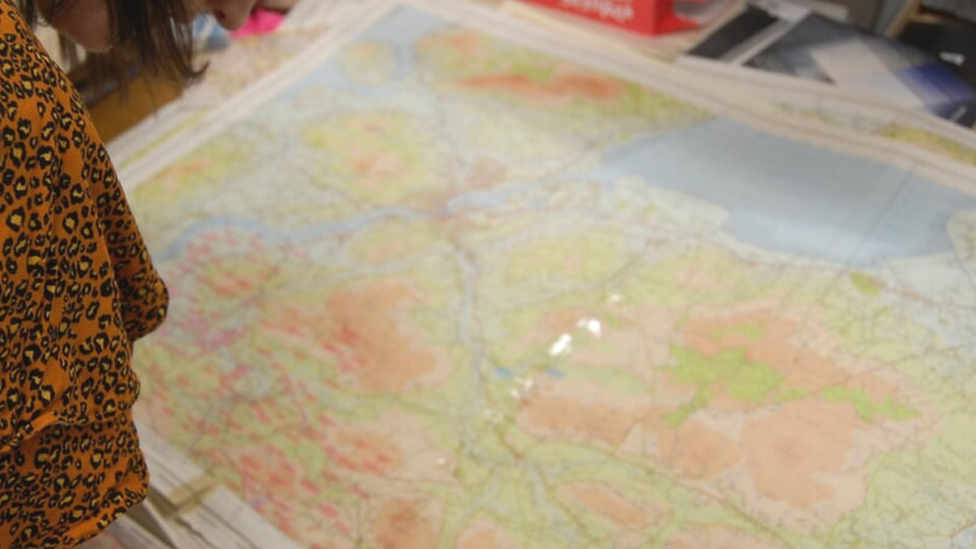Ballywatticock: What is the origin of NI weather station names?
- Published
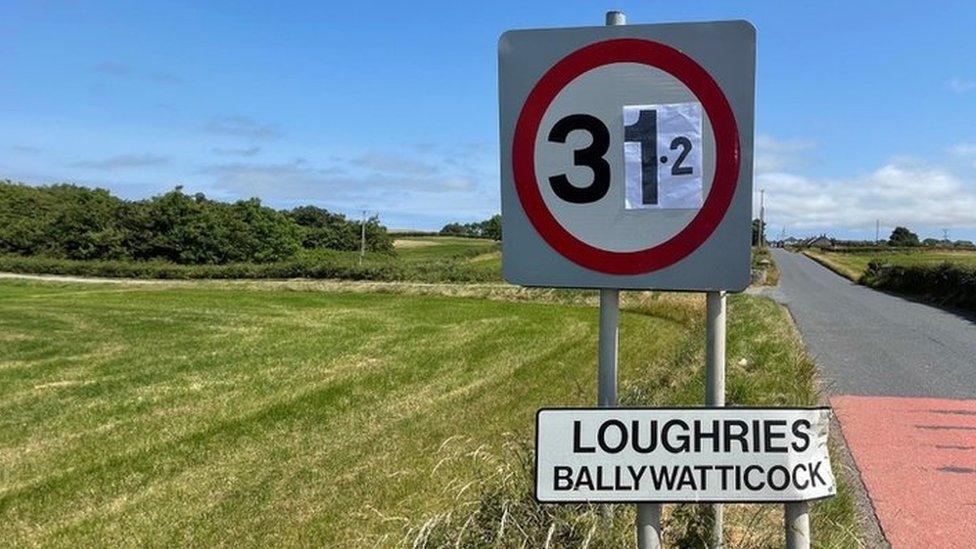
An amended road sign at Ballywatticock, near Newtownards, reflects the sweltering temperature felt in the townland last weekend
Ballywatticock in County Down grabbed the headlines last weekend when it set a new provisional high temperature record for Northern Ireland.
Its moment in the sun - brief as it was, with the record having since been broken twice - also put an intriguing place name in the spotlight.
According to the Met Office there are about 30 weather stations operating in Northern Ireland.
Familiar locations such as Stormont Castle in Belfast and Silent Valley reservoir in County Down are among those featured on the list.
But others such as Trassey Slievenaman and Altnahinch Filters may not be household names.
So from where and when do they originate?
'Falling out of use'
Perhaps the best person to ask is Dr Frances Kane, a linguist at Queen's University Belfast.
She works on the Northern Ireland Place-name Project, external, which, since 1987, has been gathering and analysing historical forms of place names to try to establish what they originally meant.
Dr Kane is pleased that the names of townlands - small areas based on ancient Irish land divisions - are being preserved through many of the weather stations.
Most of the townland names existed before the arrival of the English language in Ireland, she says.
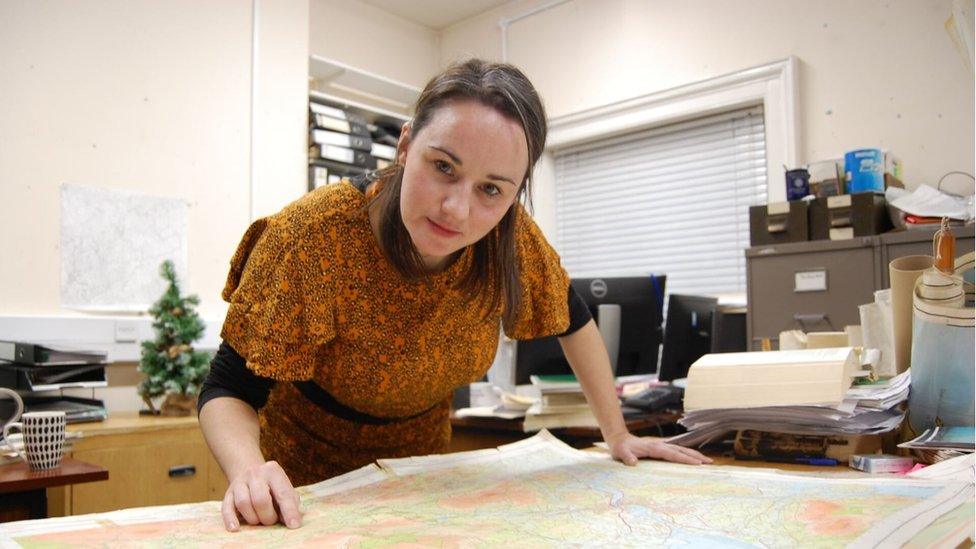
Dr Frances Kane studies the origins of Northern Ireland's place names
Rather than being changed after the Plantation of Ulster in the 17th Century, they were written down in English spelling, creating an anglicised form.
Townland names have a "rich heritage and history", says Dr Kane, but have been falling out of use with the "introduction of postcodes and technology".
"In the past, a letter might have had an address with your street name and townland because they are the smallest administrative division," says the academic.
"People don't necessarily know what their townland is until their rates bill arrives.
"[Townland names] are like linguistic fossils - you are digging up the past through words rather than soil."
Dr Kane has examined some townland-based names of weather stations for BBC News NI in a bid to trace their origin.
Ballywatticock, County Down
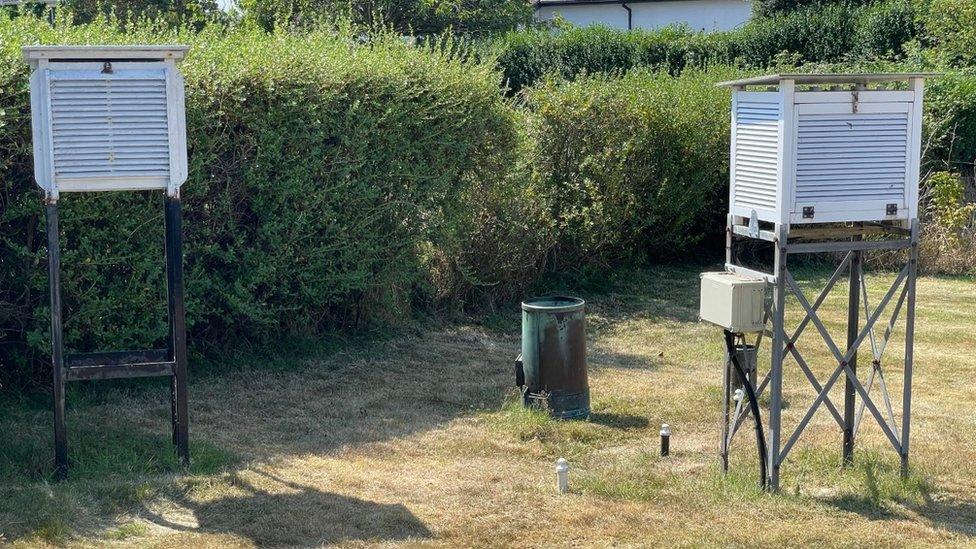
The Ballywatticock weather station is in the back garden belonging to a man who has taken weather readings for 60 years
Baile Uaiteacoc - Watticock's townland - is a possible original Irish name for Northern Ireland's now-most-famous townland, according to Dr Kane.
"The first element of this place name is the extremely common word baile, which in its most basic form means 'place'," she explains.
"It was first used in place names in the 12th Century when it denoted 'a piece of land held by a family group'.
"The later meaning 'the land and holding of an individual' probably did not come into use until after the Anglo-Norman invasion."
From the 13th Century onwards, the word developed further to mean 'farmstead' and then 'town' and 'townland'.
"The second element of this place name is almost certainly an English/Anglo-Norman surname which may well contain the diminutive ending -cock, which is also seen in the nearby townland of Ballyalicock.
"Another County Down place name with Anglo-Norman influence is Ballywalter."
Trassey Slievenaman, County Down
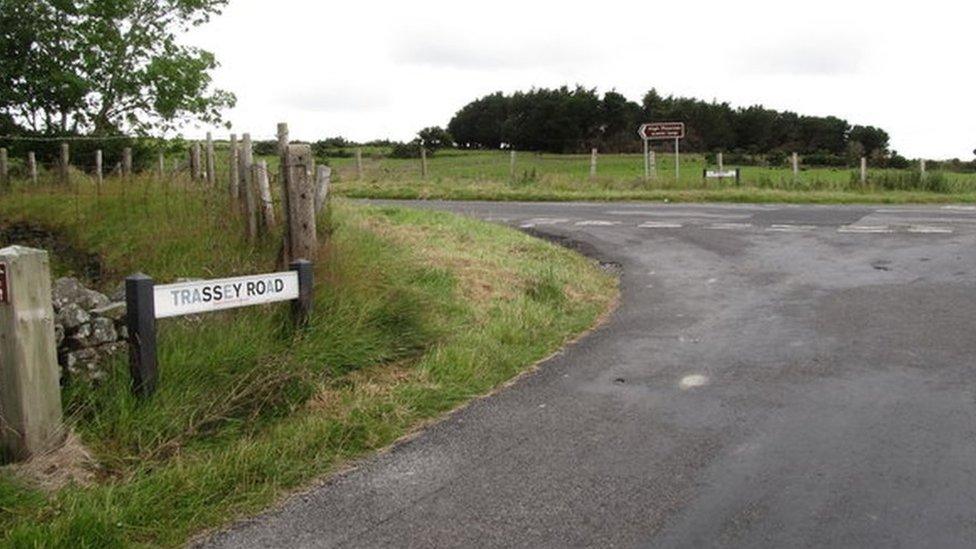
Trassey Track, which can be found along Trassey Road, is a popular walking route in the Mourne mountains
This could be familiar to hikers in the Mourne mountains, with Trassey the name of a river on the northern side of the range.
"Names for bodies of water in Ireland constitute some of the oldest place names that survive today and we can often only speculate as to their origin," says Dr Kane.
"In the case of the Trassey River, it has been suggested to derive from an old word treasach, in the variant form treasaigh, which means 'fierce, war-like' and may refer to the current of the river."
Slievenaman is a small peak, also in the northern Mournes, and Dr Kane says its name could have origins in folklore.
"[It] probably derives from Sliabh na mBan - 'mountain of the women' - although we cannot rule out Sliabh na Meann - 'mountain of the kid goats' - which might be similar to names like Slievenagore - Sliabh na nGabhar, 'mountain of the goats', and Slievemuck - Sliabh Muc, 'mountain of the pigs'."
Altnahinch Filters, County Antrim
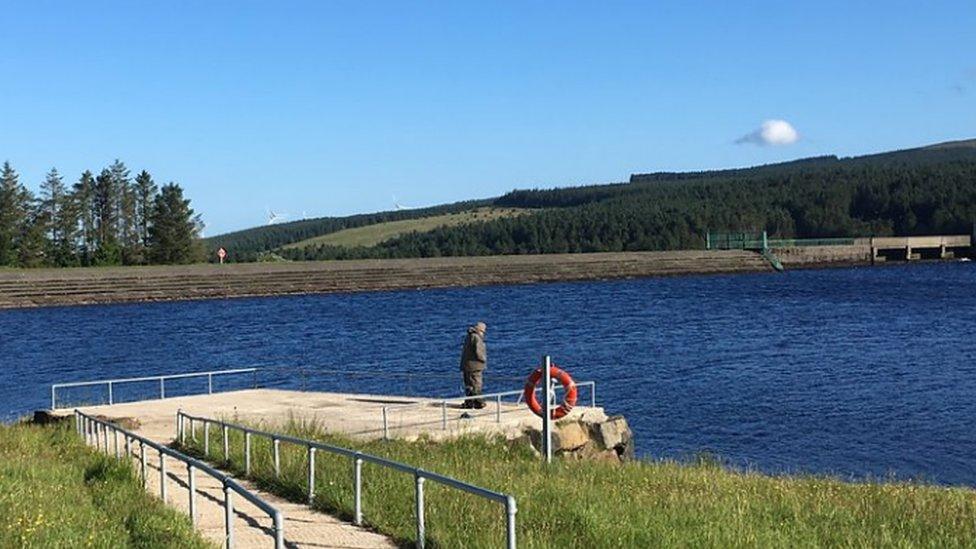
Anglers can catch brown trout and rainbow trout in Altnahinch reservoir
Some might know Altnahinch for its dam and reservoir, not far from the village of Loughguile.
Dr Kane points out that on Lendrick's Map of County Antrim in 1780 the townland name is recorded as Altnahunchin.
"The most satisfactory interpretation of the place name is Allt na hUinse - 'glen of the ash tree'," says Dr Kane.
"Altnahinch has given name to the Altnahinch burn which flows into Altnahinch dam, a small lake which is traversed by the head waters of the River Bush."
Banagher Caugh Hill, County Londonderry
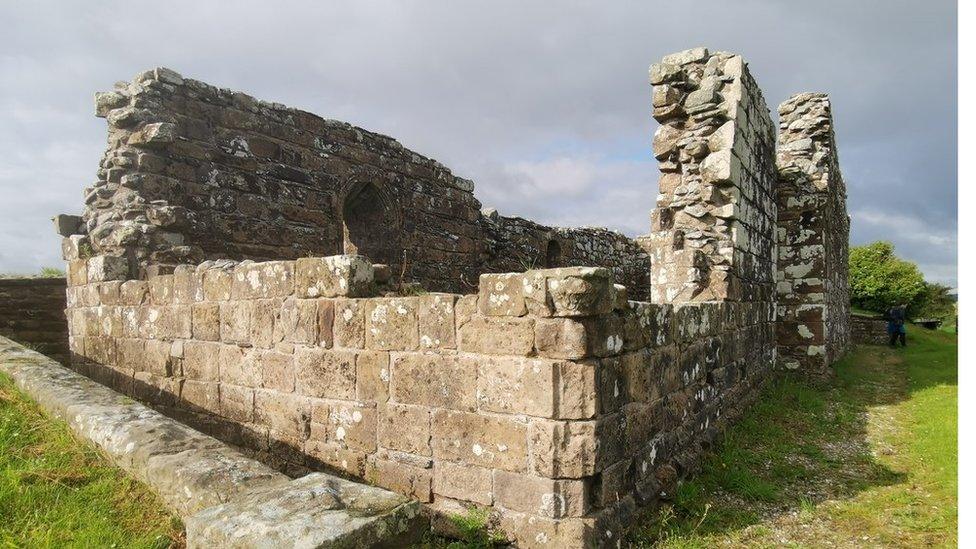
Banagher Old Church can be found near Dungiven
Another dam location, Banagher sits at the edge of the Sperrin mountains.
Its name is typically understood as coming from Beannchar, meaning 'place of peaks', but there could be another origin, says Dr Kane.
"The ruins of the 12th Century Banagher Old Church might mark the site of an early church," she explains.
"In which case the name might have been influenced by other examples of Beannchar - Bangor in County Down and in Wales - for which it has been argued that Beannchar - 'place of points' - refers to a type of fence constructed with prongs surrounding a monastic site, subsequently coming to mean the area within the enclosure.
"Caugh (Hill) might derive from cuach, which literally means 'the bowl, drinking cup', but in place names is used symbolically to refer to a cup-like hollow in the ground.
"The place-name Coagh in County Tyrone derives from the same form."
Related topics
- Published21 July 2021
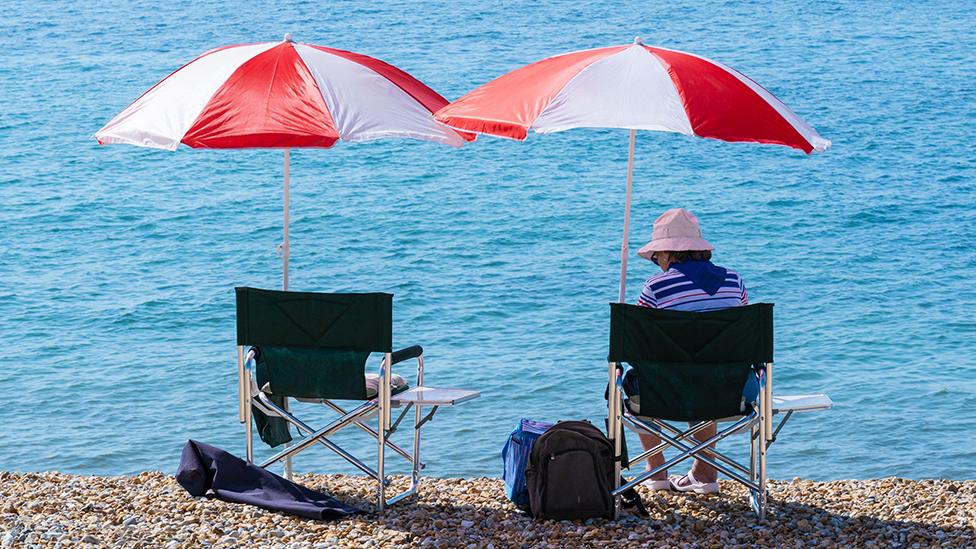
- Published20 July 2021
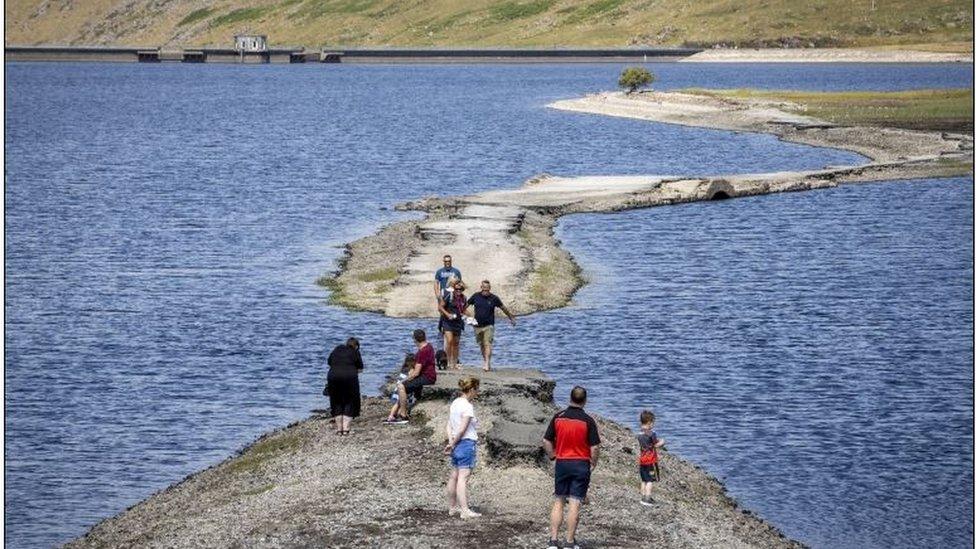
- Published17 July 2021
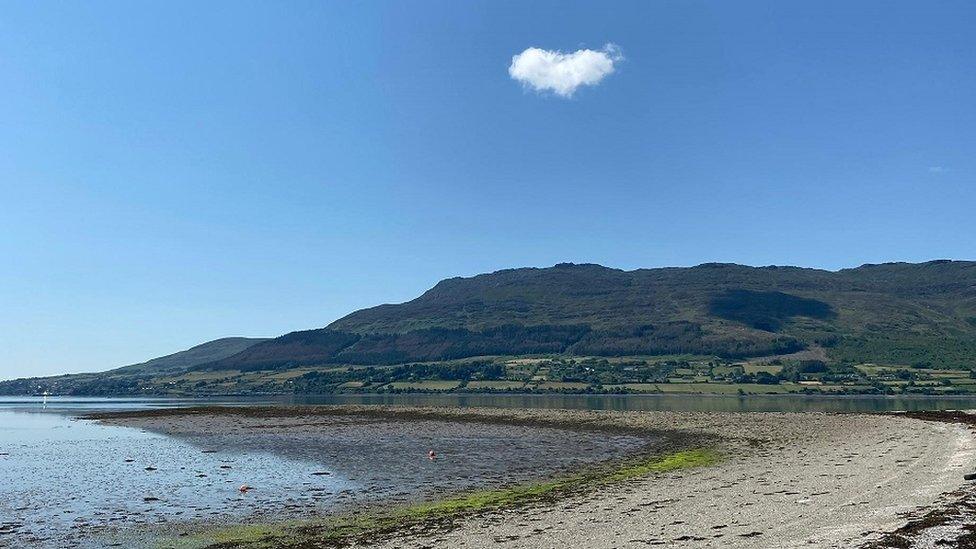
- Published26 January 2020
